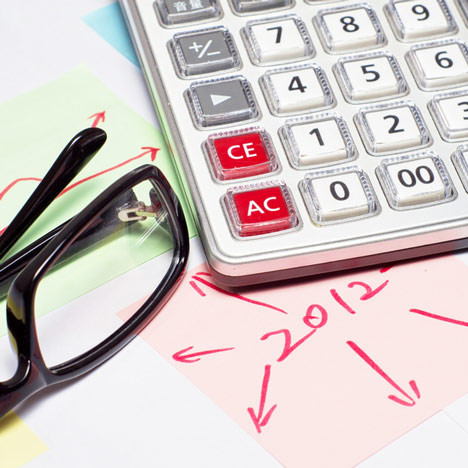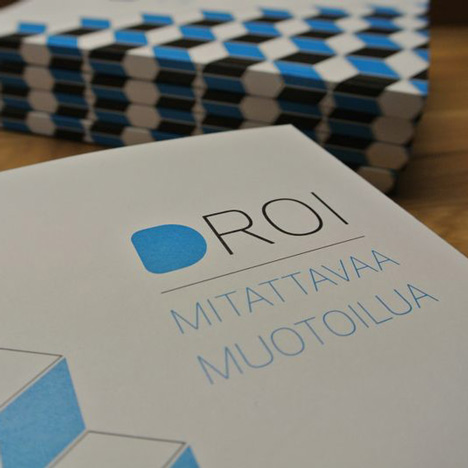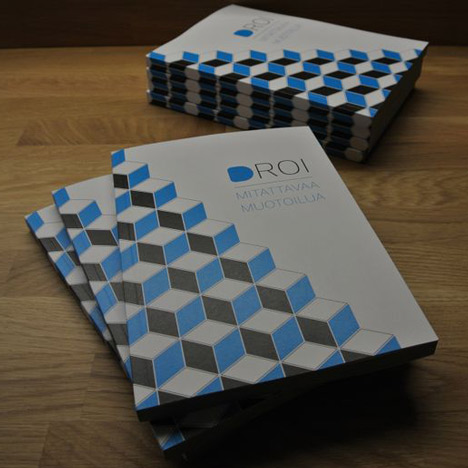
Designers should persuade clients with numbers not aesthetics, says new report
News: a tool that lets businesses measure and predict the financial outcomes of investing in design is being developed by a research team in Finland, whose project leader says designers should talk numbers rather than aesthetics to appeal to prospective clients.
The Design ROI tool is a collaboration between 15 Finnish design agencies and a team of academics at Aalto University in Helsinki, which was established in 2010 in the merger of the Helsinki University of Technology, the University of Art and Design Helsinki and Helsinki School of Economics.
"What we’ve set out to do is to create a methodology and metrics to measure the economic impact of design," project leader Antti Pitkänen told Dezeen. The team analysed more than 40 internationally published academic papers to find out what design strategies businesses are investing in, whether they are benefiting from that investment and how to quantify those benefits.
The researchers also identified four areas of design in which businesses might invest: products; brands; spaces, such as offices and shops; and services, which covers how well a business responds to customers' needs.
The first prototype of the tool is a complex spreadsheet that calculates the multiple variables affecting the return on investment (ROI) that design can deliver.
"We haven't created a holy grail, but we've really tried to understand the problematics behind design ROI as well as creating some kind of understanding of the 'ballpark' return on the investment," Pitkänen told Dezeen. "So if I invest £100,000, do I get £100,000 back or do I get twice that, or ten times that?"

Although it's impossible to predict the exact return on an investment, said Pitkänen, the Design ROI tool can indicate a positive or negative result and suggest approximate figures. So while good design brings benefits that can't be measured, designers should be thinking more about the bottom line if they want to bring clients onside, he continued.
"Design can be approached in a number of different ways. We can look at it on a qualitative basis – something is better than something else, or more beautiful. This is something that designers and design agencies are very efficient in talking about.
"But we also looked at financial measures and other quantitative measures, like the number of visits to a webpage. And with the financial measures, we're looking at how design influences more money coming into the company, or less money going out.
"We looked at all the benefits that design has, but we focused on the link between design and what effect it has on the bottom line. And not only is it beneficial, but it's possible to measure it."
He suggested that designers could attract more clients by avoiding subjective language about the look and feel of a design in favour of talking about the clear financial benefits of investing in design.
"The core of the problem is that design agencies talk to people through references, and what’s very important is talking about the numbers as well," Pitkänen said. "Once you are able to create metrics and create objectives for projects, then we start creating a better understanding of what the final outcome is. That will also increase the appreciation on the client side of why they’re using design and when design should be used.
"So it’s very much a communication tool, making the client understand how and when to use design, not only ‘I like it’ or ‘I don’t like it’."

The prototype tool marks the end of the first phase of the Design ROI project. For the next phase, the researchers hope to collaborate with businesses and designers to fine-tune the tool and develop it for wider use.
The full report is available to read and download online, although it is only available in Finnish.
Top image is by Shutterstock.